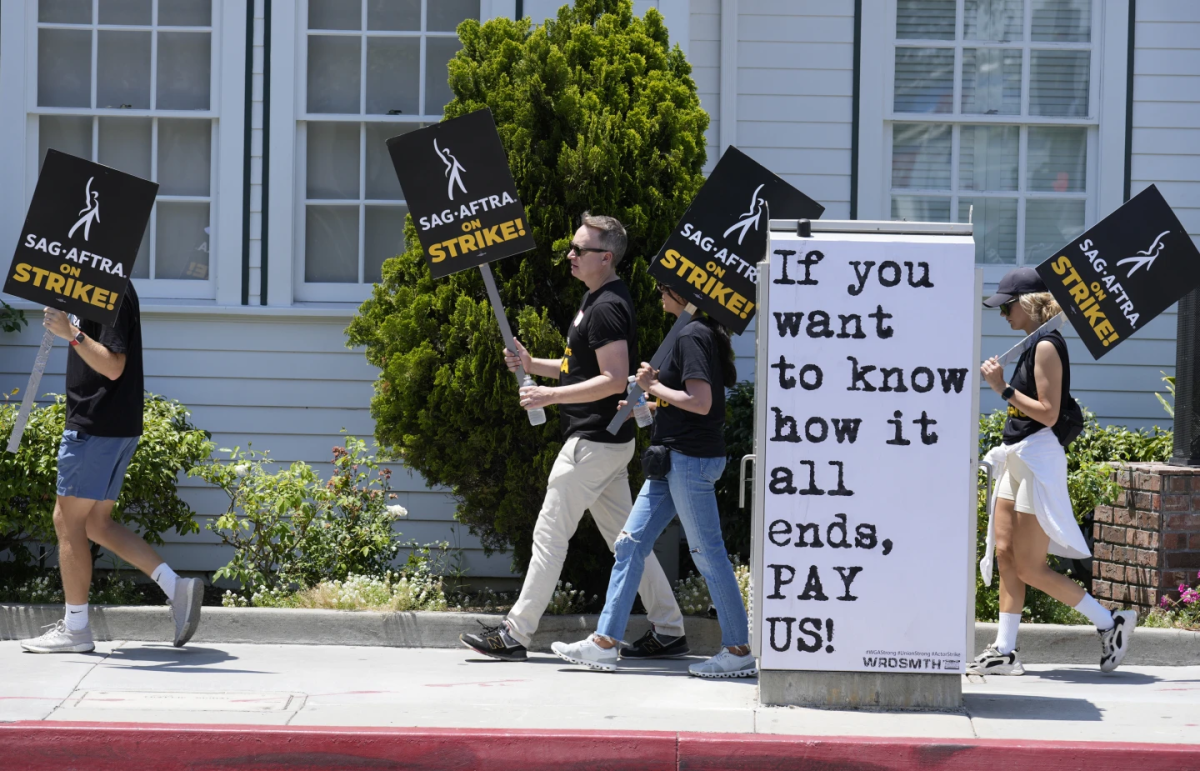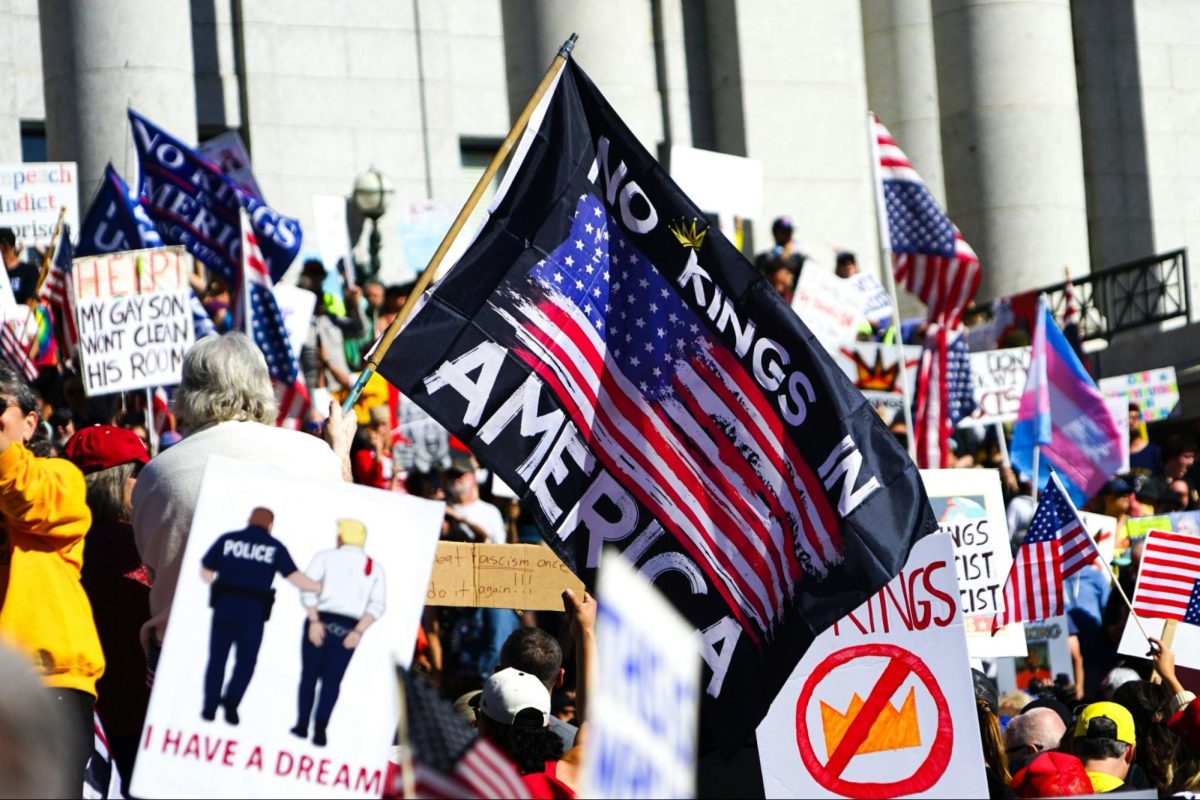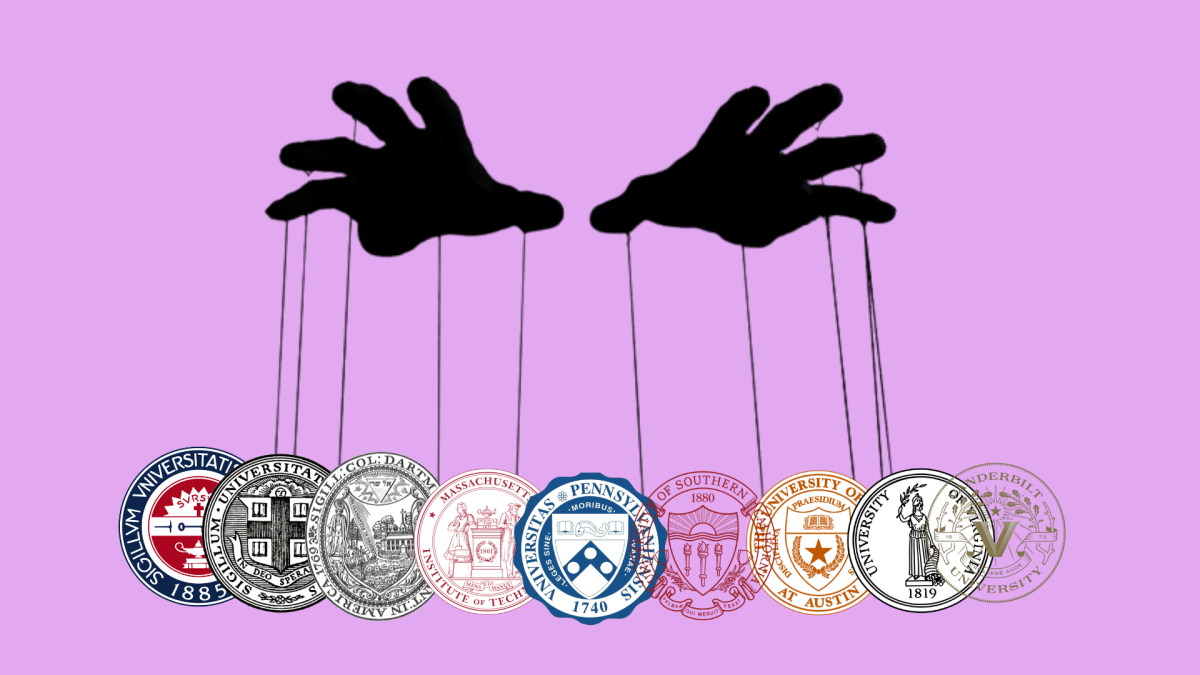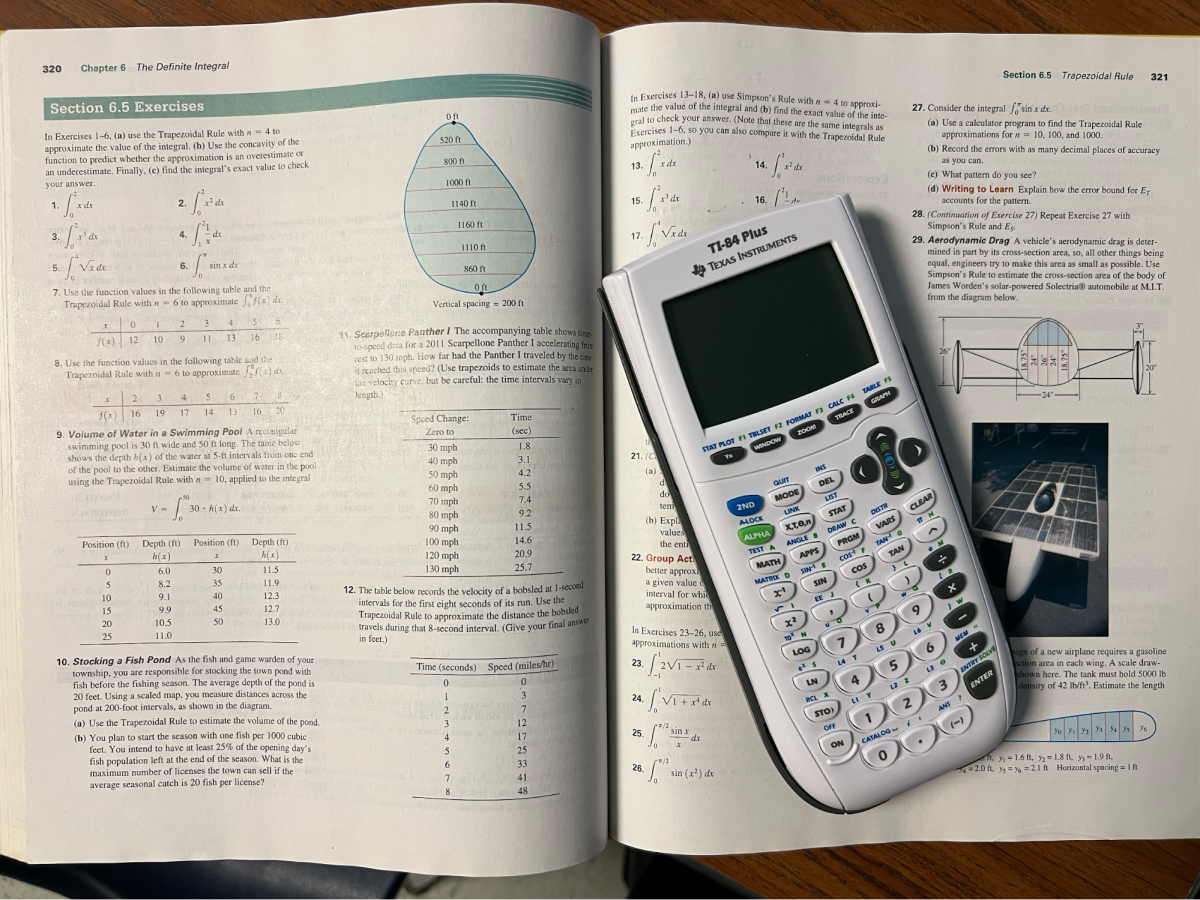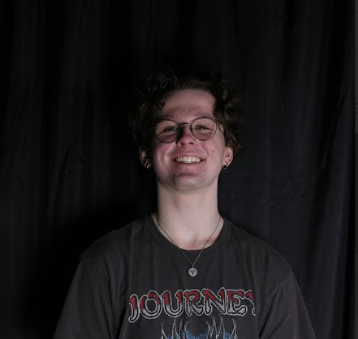Wednesday, Nov. 9, SAG-AFTRA (Screen Actors Guild American Federation of Television and Radio Artists) and AMPTP (American Motion Picture Television Producers) came to an agreement which brings an end to the longest strike in union history. The strike lasted 118 days and union members were picketing alongside the WGA (Writers Guild of America), the first time both unions’ strikes overlapped since 1960. To put that into perspective, Ronald Reagan was president of the SAG and led their six-week strike in 1960. Actors have been asking for more protections and better pay, and the ongoing battle against artificial intelligence and streaming residuals have been a driving force.
The ever-changing landscape of Hollywood has seen possibly the most drastic shake-up in history in the last decade, with streaming services like Netflix and Disney+ essentially replacing cable and network television, and changing the rules for previous contracts.
One of the most important deals made in lieu of both strikes has been the introduction of proper streaming residuals, which sees actors and writers alike receive “success bonuses” based on the viewership numbers of direct-to-streaming programming. This comes with another deal that SAG made which requires producers of higher budget streaming service content to disclose viewership numbers to the public, intending to help actors determine if they’re being compensated for their work appropriately.
With the seemingly never-ending evolution of AI, it has become a major sticking point for both guilds. The WGA’s contract with AMPTP contains new regulations surrounding AI, specifically outlining that studios wouldn’t be allowed to use AI to replace writers or rewrite existing scripts.
A similar deal was reached with SAG, which permits studios to use AI recreations of deceased actors, but only with the family’s knowledge and consent. The deal also requires actors be paid for days they would’ve worked if their digital replica is used. Eight board members spoke against the agreement surrounding AI, believing it doesn’t do enough to prohibit studios’ use of AI and digital replicas.
In an informational webinar held by SAG-AFTRA on Nov. 13, board members Shaan Sharma and Anne-Marie Johnson explained their reasoning for opposing the new contract. “There should be no AI. Only human beings should be used in what we create for public consumption,” Johnson said. “Without staving off AI, everything we achieved is for naught. It’s a waste of time.”
Sharma voiced concerns over “significant loopholes” in the language used in the contract.
The 18-page document summarizing the tentative agreement between SAG-AFTRA and AMPTP has five pages worth of discussions surrounding the AI guidelines. A sticking point for SAG in restricting the use of AI was highlighting “the importance of motion pictures and the potential impact on employment”.
What does all this mean for consumers? The strikes may not have seemed that long to a lot of people, but its impact on Hollywood productions is the biggest disruption since the COVID-19 pandemic in March 2020. Dune: Part Two, which was originally set to premiere Nov. 3, and was pushed back four months to March 1, 2024 to avoid SAG union restrictions on actors promoting their projects. The fall television season will also see schedule changes, most shows returning with a 10-13 episode count, as opposed to the usual 22, and some being delayed to 2024.
The effects of the strikes are still being seen, and will likely take their toll until at least fall 2024.

